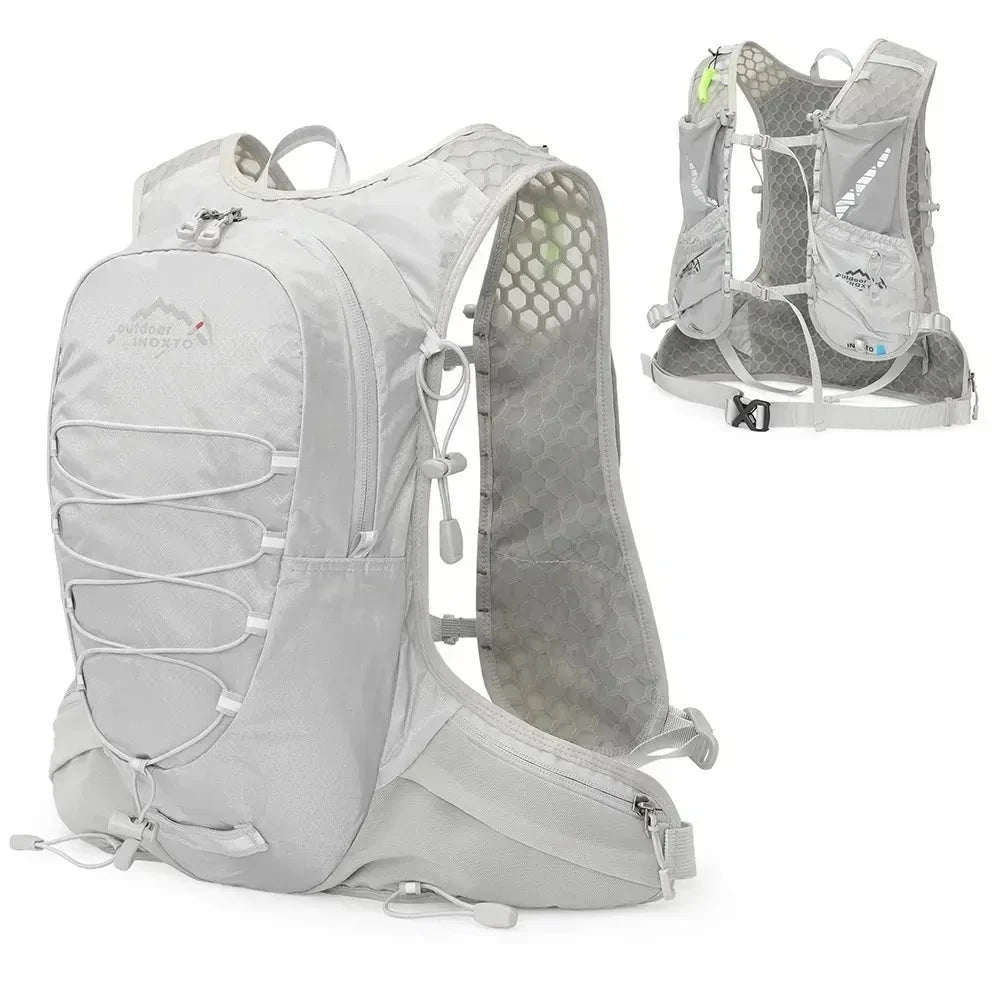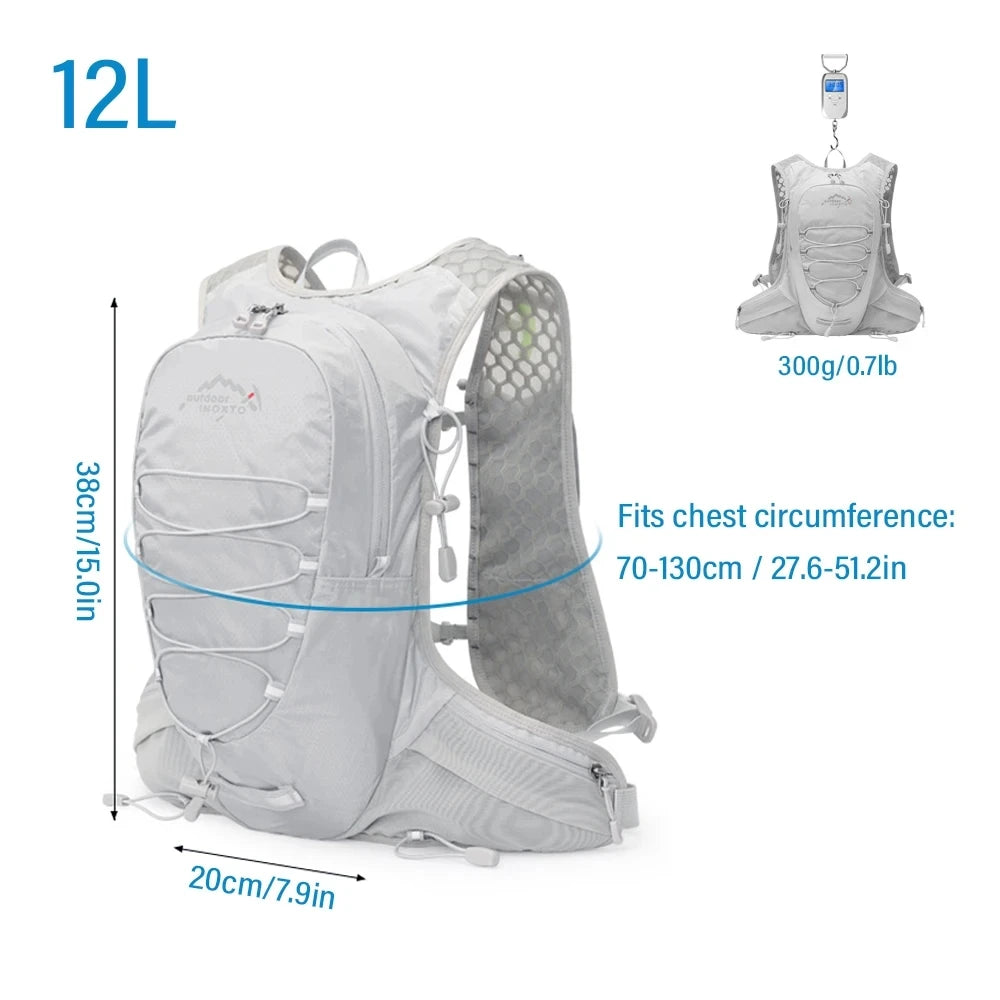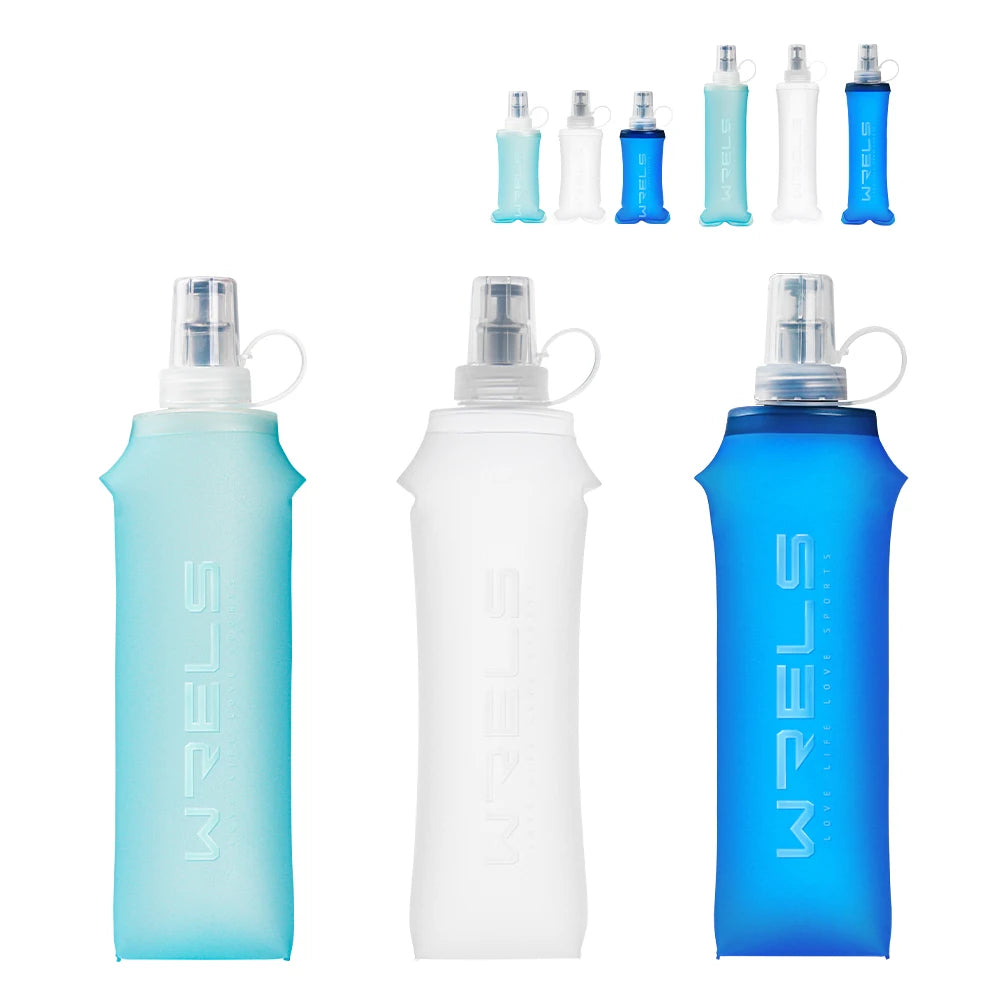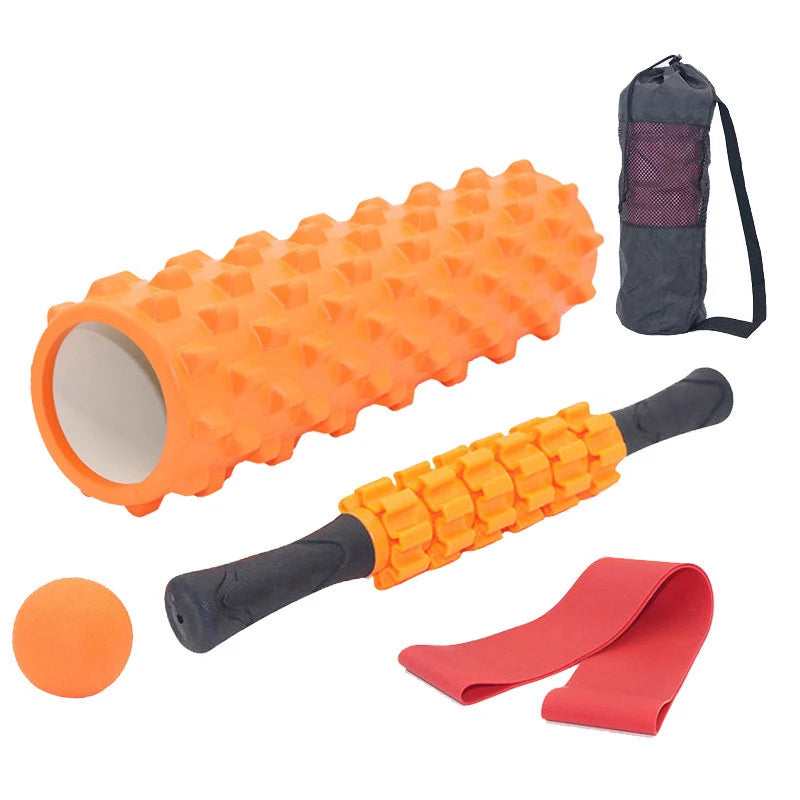If you're heading out for a 45-minute shakeout run or a three-hour mission through the Port Hills, what you carry in your trail running vest matters, not just for comfort, but for safety, efficiency, and peace of mind.
At Trail Running, we know that overpacking weighs you down and underpacking can leave you vulnerable. This post outlines the five essentials every trail runner should carry in their vest, regardless of distance or experience.
1. Hydration
It’s the most obvious and the most important.
Soft flasks are perfect for shorter or moderate-length runs. They fit into the front pockets of your vest, balance weight across your chest, and are easy to sip from on the move. For longer distances, a hydration bladder in the back adds backup volume without disrupting your stride.
Pro tip: Mix one bottle with water and the other with electrolytes to keep energy and salt levels balanced.
2. Nutrition & Energy
Running hills drains you faster than you think. Carrying the right fuel can be the difference between cruising through the final climb or bonking halfway up it.
Essentials to pack:
-
2–3 gels or energy chews (depending on distance)
-
1–2 bars for longer runs
-
A salt tab or electrolyte mix for warmer days
Keep your fuel where it’s easy to access, front pockets, chest zips, or waist pouches.
3. Weather Protection
New Zealand’s weather can change fast, even in summer. That’s why you should always carry a lightweight, packable jacket, especially if you’re heading into the hills.
Good options include:
-
Windbreaker or waterproof shell
-
Buff or headband for warmth or sun
-
Light gloves in cooler months
These items roll up small and fit easily into the back or side compartments of your vest.
4. Phone + ID
You might not plan to stop and scroll on the trail, but your phone is your lifeline in case of emergency. It’s also your camera, GPS, and training log.
Keep it protected in:
-
A water-resistant zip pocket
-
A sealed plastic bag inside your vest
-
Or an arm sleeve or chest strap pouch
Also carry a small ID card or emergency contact note, especially if you run solo.
5. Mini First Aid or Emergency Kit
You don’t need a full survival setup, but a few key items can make a huge difference if things go sideways.
Consider:
-
1–2 plasters or blister patches
-
A foil emergency blanket
-
A small sachet of electrolyte powder or energy boost
-
Pain relief tabs or antihistamines (especially in spring)
These take up virtually no space and fit easily into one of your rear or side compartments.
Bonus: Pack With Purpose
How you pack your vest matters just as much as what you bring.
-
Heaviest items (like a full bladder) go close to your spine
-
Frequent-use items (gels, phone, flasks) go in front
-
Emergency items go at the bottom/back
Practice running with your vest loaded, you’ll quickly learn what works for you and how to adjust straps for bounce-free comfort.
Trail running is about freedom, but it also requires preparation. Your vest isn’t just a storage space, it’s your mobile base of support. With these five essentials, you’ll be ready to stay safe, fuelled, and focused on the joy of moving through wild places.
At Trail Running, we stock hydration vests and gear specifically chosen for New Zealand trails, lightweight, reliable, and built to carry exactly what you need, and nothing you don’t.












